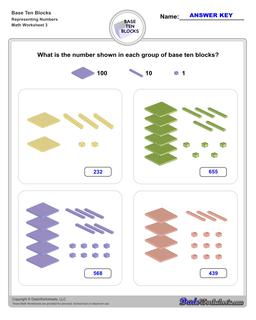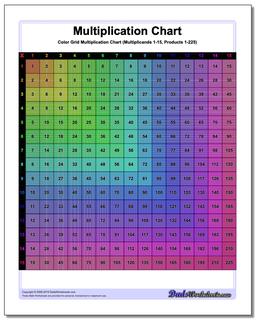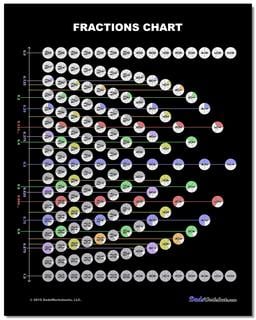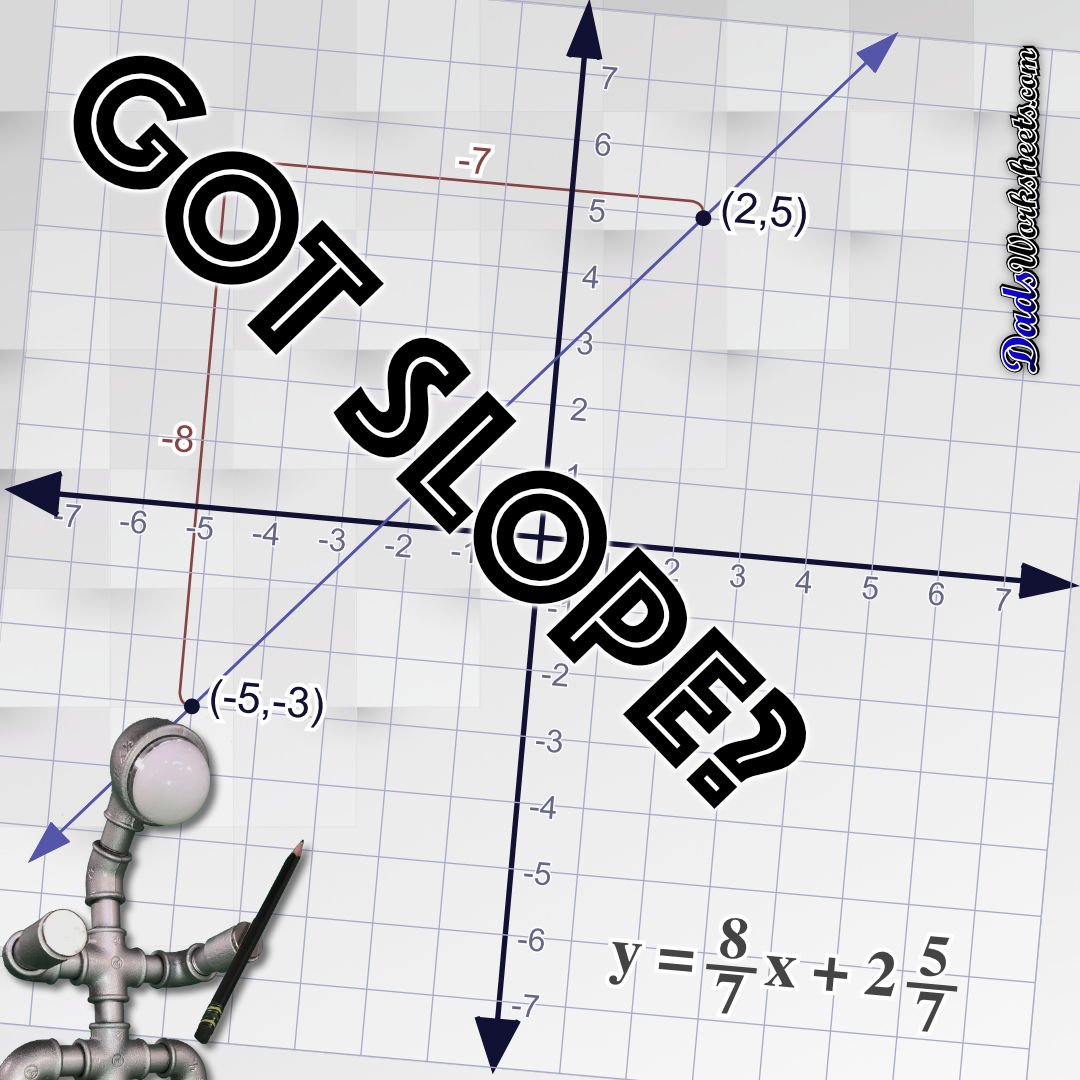 |
| Multiplication Chart (Credit DadsWorksheets.com) |
Multiplication is a fundamental skill that plays a crucial role in a child's mathematical development that is as relevant in 2023 as ever before. As educators and parents, it is essential to provide children with effective tools and strategies that make learning multiplication both engaging and enjoyable. In this post, I will share three highly beneficial tools for teaching multiplication to grade school age children: multiplication charts, timed fact practice, and printable worksheets with answer keys.
Multiplication Charts
Multiplication charts serve as visual aids that help children understand the basic concept of multiplication. These charts can be displayed in classrooms or at home, providing an accessible reference point for students when solving multiplication problems.
The advantage of using a multiplication chart for learning math facts is that it allow children to visually identify patterns and relationships between numbers. This visual representation helps them grasp the concept of multiplication as repeated addition or groups of equal size.
Additionally, multiplication charts enable students to quickly find products by following the row and column intersections. This approach enhances their mental math skills by facilitating faster recall of basic multiplication facts.
Timed Fact Practice
Timed multiplication fact practice exercises are an effective way to reinforce multiplication skills while improving fluency and speed. If you're like me, you probably learned your multiplication facts this way during your own time in grade school. These exercises involve setting a time limit for students to solve a series of multiplication problems (usually 50 or 60 problems) to build recall proficiency.
By introducing an element of competition against the clock, timed fact practice encourages students to think quickly and accurately recall their multiplication facts. This tool also helps build confidence as children see their progress learning different sets of multiplication facts over time. Watch out for those x7 facts!
To implement timed fact practice effectively, it is important to ensure that the problems are appropriately leveled according to each student's abilities and that you grade the tests as they go along. Gradually increase the difficulty level as students become more proficient in their knowledge of basic facts.
Printable Worksheets with Answer Keys
Printable multiplication worksheets provide an excellent resource for independent practice and reinforcement of multiplication concepts learned in class. These worksheets can be customized based on specific learning objectives or individual student needs, making them versatile tools for differentiated instruction.
The inclusion of an answer key with printable worksheets allows students to self-assess their work, encouraging a sense of independence and responsibility for their learning. Answer keys also enable parents and educators to monitor progress and identify areas that require additional support or intervention.
When designing printable worksheets, it is crucial to ensure they offer a variety of problem-solving approaches. For instance, incorporating word problems or real-life scenarios helps students apply multiplication skills in practical situations, fostering a deeper understanding of its relevance in daily life.





